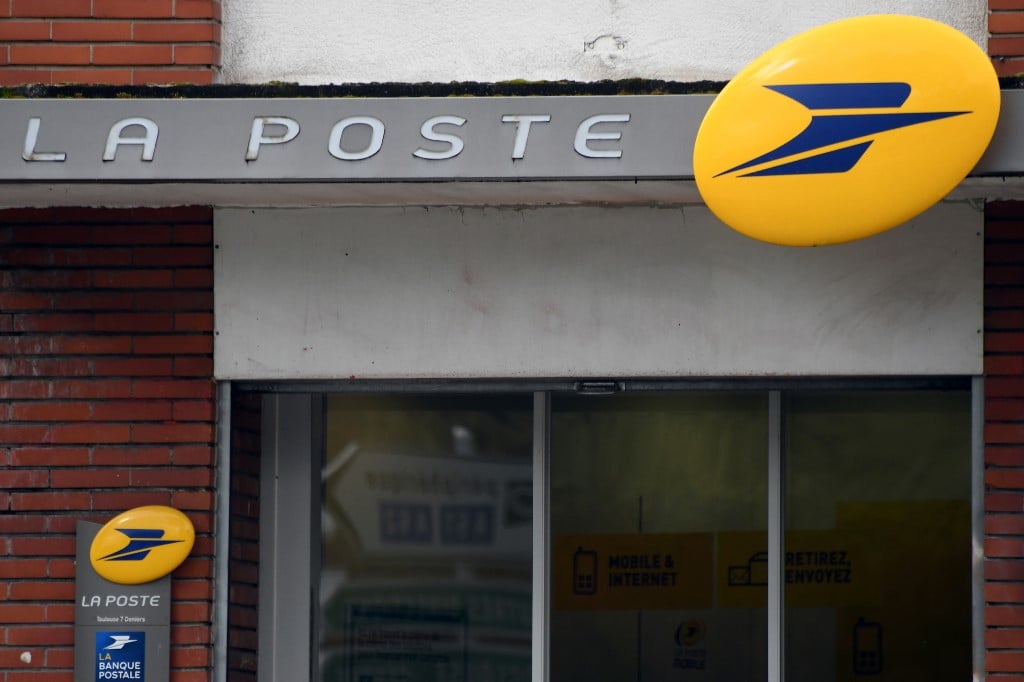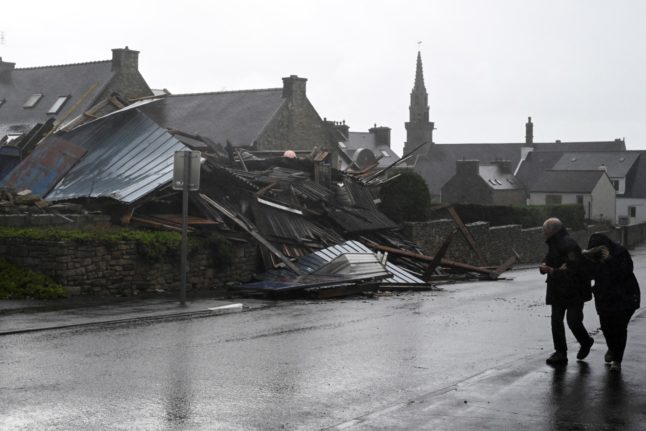Questions have been raised over the efficiency of the postal service over the past couple of days as British people living in France who intended to vote in the European elections via postal vote found their ballot paper had either arrived too late or not at all.
In a world where you can do most things online, most people do not rely too heavily on the postal service in their home country.
But once you're living in France you'll no doubt find yourself relying on it more and more – not just for getting all of your important documents off to various French administrative bodies – but also to vote and send cards and presents to your family and friends back home.
The most obvious way to send things is of course through La Poste which handily allows you to check out how much it will cost you to send your letter or package in advance. You can do that here.
READ ALSO:
 Photo: AFP
Photo: AFP
For example, sending a letter to the UK or US from France at the cheapest rate will cost you €1.29. However if you'd like recorded delivery it will set you back €4.45 and if you'd like to be extra sure that it will get to its destination, you can pay a fairly hefty fee of €12.30 for extra services such as online tracking.
La Poste says that the estimated ETA for any of the above tariffs is 3-8 days.
When it comes to sending a “standard parcel” weighing (up to 30kg) to the UK using La Poste you have three options. One, which includes online tracking, costs €12.30, with the ETA for the package arriving at its destination 3-8 days.
Meanwhile you can use the Chronopost service which is more expensive. The Chrono Classic Europe service will set you back €24.17 and your package will arrive in 2-6 days or you can pay €31.34 to have your package arrive in 1-3 days.
However the cheapest price available when it comes to sending parcels to the US will require you to dig a little deeper into your pockets.
Parcels up to 20 kg can be sent on the Colissimo International tariff for €24.35. The other option is to send it on the Chrono Express Monde for €45.25.
There are also many large couriers such as Fedex and Eurosender that will deliver packages from France internationally.
With a wealth of different options available, we asked readers of The Local for their recommendations.
Several readers said they had good experiences with parcel couriers DPD and UPS for sending larger items.
American Stephen McRae, who lives in Nice, said: “FedEx is reliable but expensive.” He also recommended allowing 14 working days for delivery of items between the US and France.
But the clear winner was La Poste, with many readers saying they use the French national post service for everything from letter and cards to much larger items.
Dari Brg wrote: “La Poste is good enough even for sending bikes! Just make sure you pay extra for insurance.”
While Josephine Burke Staunton added: “I just use La Poste – all have arrived for the past 3 years.”



 Please whitelist us to continue reading.
Please whitelist us to continue reading.
Member comments